Amazing F-35B vs AV-8B Harrier II Short Takeoff & Vertical Landing - Rare Cockpit Footage
Music: The Giant Killer by Dhruva Aliman Amazon - https://amzn.to/2B9tGa7 - https://music.apple.com/us/artist/dhruva-aliman/363563637 - https://dhruvaaliman.bandcamp.com/album/road-of-fortunes
http://www.dhruvaaliman.com/ - Spotify - https://open.spotify.com/artist/5XiFCr9iBKE6Cupltgnlet
....Compilation of F-35B and AV-8B Harrier II Short Takeoff & Vertical Landings - The McDonnell Douglas (now Boeing) AV-8B Harrier II is a single-engine ground-attack aircraft that constitutes the second generation of the Harrier Jump Jet family. Capable of vertical or short takeoff and landing (V/STOL), the aircraft was designed in the late 1970s as an Anglo-American development of the British Hawker Siddeley Harrier, the first operational V/STOL aircraft. Named after a bird of prey, it is primarily employed on light attack or multi-role missions, ranging from close air support of ground troops to armed reconnaissance.
The AV-8B is used by the United States Marine Corps (USMC), the Spanish Navy, and the Italian Navy. A variant of the AV-8B, the British Aerospace Harrier II, was developed for the British military, while another, the TAV-8B, is a dedicated two-seat trainer. The project that eventually led to the AV-8B's creation started in the early 1970s as a cooperative effort between the United States and United Kingdom (UK), aimed at addressing the operational inadequacies of the first-generation Harrier. Early efforts centered on a larger, more powerful Pegasus engine to dramatically improve the capabilities of the Harrier.
Due to budgetary constraints, the UK abandoned the project in 1975. Following the withdrawal of the UK, McDonnell Douglas extensively redesigned the earlier AV-8A Harrier to create the AV-8B. While retaining the general layout of its predecessor, the aircraft incorporates a new wing, an elevated cockpit, a redesigned fuselage, one extra hardpoint per wing, and other structural and aerodynamic refinements. The aircraft is powered by an upgraded version of the Pegasus, which gives the aircraft its V/STOL ability. The AV-8B made its maiden flight in November 1981 and entered service with the USMC in January 1985. Later upgrades added a night-attack capability and radar, resulting in the AV-8B(NA) and AV-8B Harrier II Plus, respectively. An enlarged version named Harrier III was also studied, but not pursued.
The UK, through British Aerospace, re-joined the improved Harrier project as a partner in 1981, giving it a significant work-share in the project. After corporate mergers in the 1990s, Boeing and BAE Systems have jointly supported the program. Approximately 340 aircraft were produced in a 22-year production program that ended in 2003. The Lockheed Martin F-35 Lightning II is a family of single-seat, single-engine, all-weather stealth multirole fighters. The fifth-generation combat aircraft is designed to perform ground attack and air superiority missions. It has three main models: the F-35A conventional takeoff and landing (CTOL) variant, the F-35B short take-off and vertical-landing (STOVL) variant, and the F-35C carrier-based Catapult Assisted Take-Off But Arrested Recovery (CATOBAR) variant. On 31 July 2015, the United States Marines declared ready for deployment the first squadron of F-35B fighters after intensive testing.
On 2 August 2016, the U.S. Air Force declared its first squadron of F-35A fighters combat-ready. The F-35 descends from the X-35, the winning design of the Joint Strike Fighter (JSF) program. An aerospace industry team led by Lockheed Martin designed and manufactures it. Other major F-35 industry partners include Northrop Grumman, Pratt & Whitney and BAE Systems. The F-35 first flew on 15 December 2006. The United States plans to buy 2,663 aircraft. Its variants are to provide the bulk of the crewed tactical airpower of the U.S. Air Force, Navy and the Marine Corps over the coming decades. Deliveries of the F-35 for the U.S. military are scheduled until 2037 with a projected service life up to 2070. The United States principally funds the F-35 JSF development, with additional funding from partners. The partner nations are either NATO members or close U.S. allies. The United Kingdom, Italy, Australia, Canada, Norway, Denmark, the Netherlands, and Turkey are part of the active development program several additional countries have ordered, or are considering ordering, the F-35.
#fly
#military
#jet
-
 0:59
0:59
RealPatriotCane
2 years ago $0.01 earnedAV-8B Harrier Landing
444 -
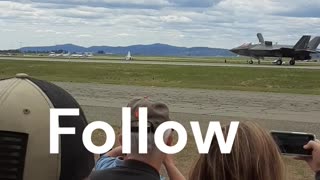 0:32
0:32
N756V
5 months agoRare Close Up F-35 Landing Footage!!!!
22 -
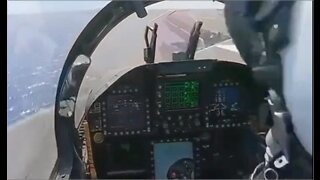 1:31
1:31
Sean Hannity
1 year agoIncredible first-person footage of an F/A-18 taking off and landing from the view of the cockpit.
5.05K30 -
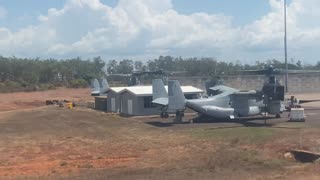 0:42
0:42
DiggersDownUnderAdventures
4 months agoThe Amazing Bell Boeing V-22 Osprey Trirotor Transport Aircraft
20 -
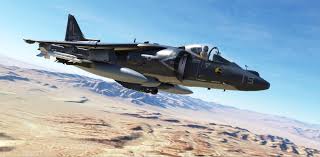 1:00
1:00
jaydog78
5 years ago $0.03 earnedDCS AV-8B Harrier Landing
29 -
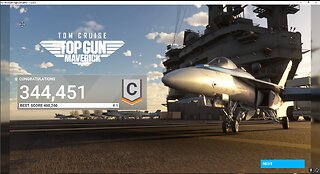 3:06
3:06
Fun Flight Simulator
9 months agoF18 Hornet Carrier Landing II
28 -
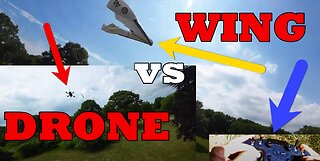 10:28
10:28
FPV Freestyle & Fun
10 months agoDrone vs Wing | FPV Freestyle & VLOG
22 -
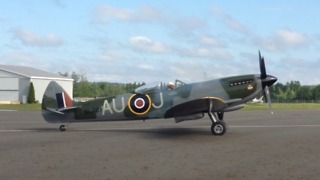 2:35
2:35
Spitfire
8 years ago $9.07 earnedIncredibly rare and iconic WWII Spitfire aircraft takeoff
9.67K1 -
 2:54
2:54
awankelabu
2 years agoAmazing Landing Plane
51 -
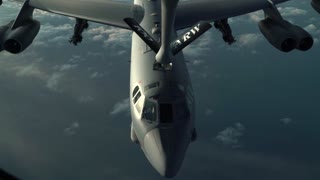 1:44
1:44
leannlahaie
1 year agoIncredible footage of refueling the B-52 layer fortress in flight
3